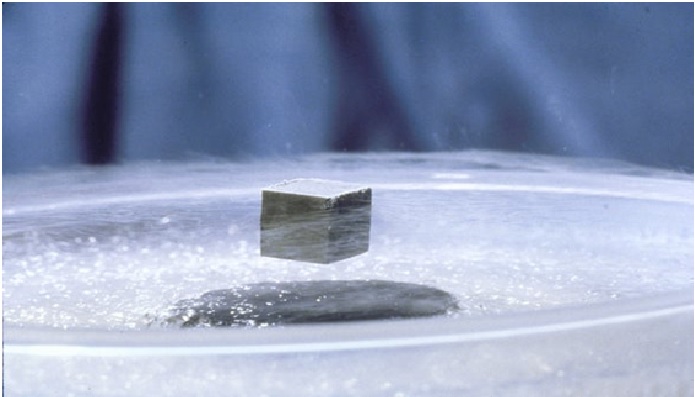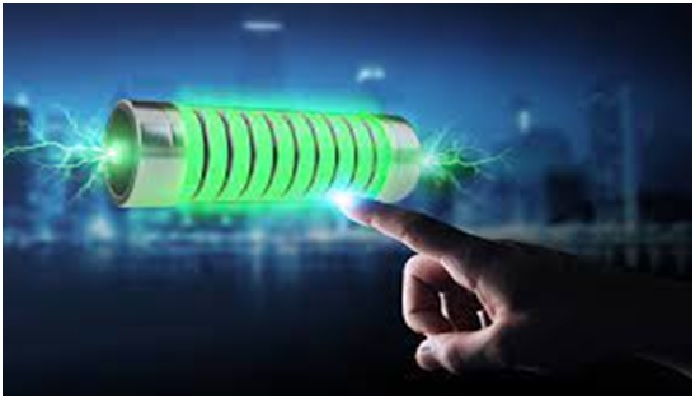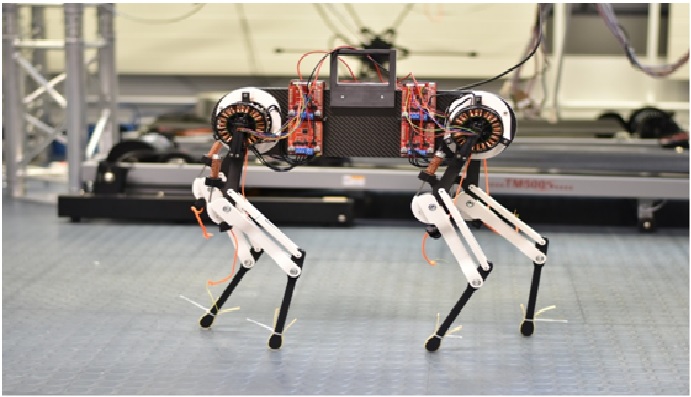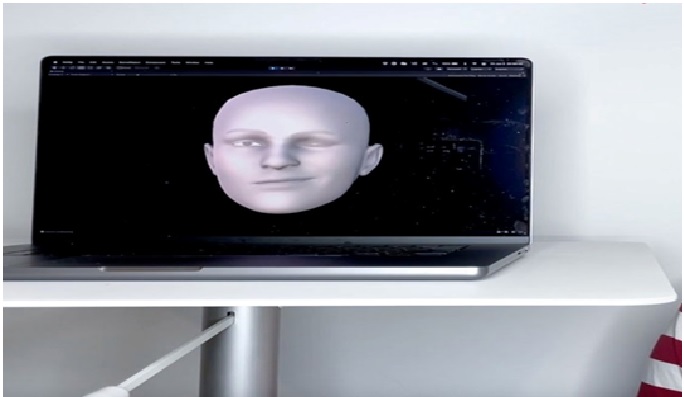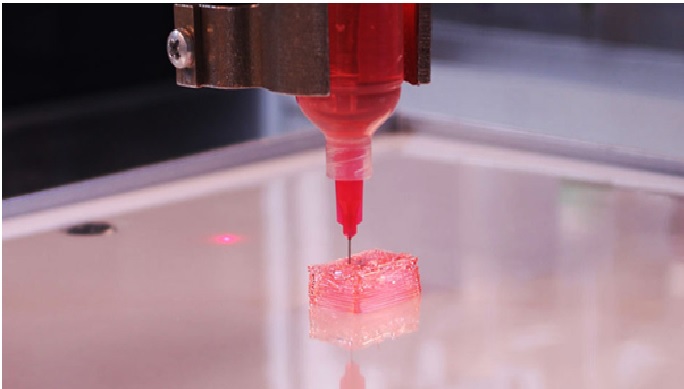Microscale Gas Sensor to Detect Multiple Gas Species
Huanyu “Larry” Cheng, the College of Engineering, and Lauren Zarzar, Eberly College of Science, and their teams combined laser writing and responsive sensor technologies to fabricate the first highly customizable microscale gas sensing devices.
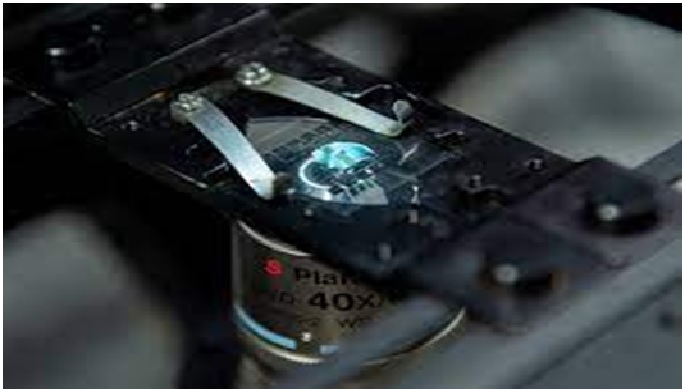
Figure 1. New sensor technology to detect gas species.
Figure 1 shows that Environmental sensors are a step closer to simultaneously sniffing out multiple gases that could indicate disease or pollution, thanks to a Penn State collaboration.
According to Cheng, the challenge is creating devices with the desired properties that still can be tailored with the infrastructure needed for precise and accurate sensing of different target gases at the same time. That’s where Zarzar’s expertise with laser writing comes in. [1]
"Laser writing techniques give design freedom to a wide range of fields," Zarzar said. "Expanding our understanding of how to directly synthesize, pattern and integrate new materials -- especially nanomaterials and nanomaterial composites -- into complex systems will allow us to create increasingly more sophisticated and useful sensing technologies."
Group developed the laser-induced thermal voxel process, which enables the simultaneous creation and integration of metal oxides directly into sensor platforms. With laser writing, the researchers dissolve metal salts in water, then focus the laser into the solution. The high temperature decomposes the solution, leaving behind metal oxide nanoparticles that can be sintered onto the sensor platform.
The researchers tested five different metals and metal combinations currently used in sensors. The team found that a heterojunction of copper oxide and zinc oxide has a five to 20-fold enhanced response to the tested gases -- ethanol, acetone, nitrogen dioxide, ammonia and hydrogen sulfide -- over just copper oxide. [2]
“This finding supports other reports in the scientific literature that the creation of mixed oxide systems can lead to significant increases in sensor response and demonstrates the efficacy of the laser-induced thermal voxel technique for mixed-oxide gas sensor fabrication,” Castonguay stated.
Castonguay explained, “We hope by pooling the laser writing knowledge of the Zarzar group with the wearable sensor expertise of the Cheng group, we will be able to expand our capabilities to create novel, customizable sensors.”
This work was made possible by funding from the National Science Foundation, the Sloan Research Fellowship, the National Institutes of Health, the Penn State Institutes of Energy and the Environment, and the Penn State Leighton Riess Graduate Fellowship in Engineering. [3]
References:
- https://indiaeducationdiary.in/penn-state-university-laser-writing-may-enable-electronic-nose-for-multi-gas-sensor/
- https://www.sciencedaily.com/releases/2022/06/220630095717.htm
- https://www.azosensors.com/news.aspx?newsID=15098
Cite this article:
Sri Vasagi K (2022), Microscale Gas Sensor to Detect Multiple Gas Species, AnaTechMaz, pp.161



